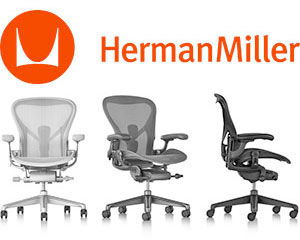Agility and the home office – are these the ‘new normal’ of Level 2 life? And is it a tilt or a re-levelling of the workplace playing field? Nigel Young explores these themes in a 4 part series.
Part 2: The rules of tilting
Working from home has both benefits and deficits. On the plus side is the reduction in the commute along with its own costs and stresses. Next to this, we have the ability to ‘dress down,’ and then there’s the reduction in another work associated cost – coffee’s and bought food. If that is put against the wage reduction to 80% that is also apart of this situation, it may well be that an employee comes out ahead – a touch of irony here. The cost of that is felt elsewhere, but we’ll set that aside for the moment. So if an income reduction results in an increase in spending power, what can we learn from this? A smart employer might look at getting an employee to work from home permanently, effectively giving them a pay increase without it impacting on the bottom line. Add to that the potential reduction in the costs associated with having to accommodate an employee at the loom, so to speak, and there may well be grounds for a sound business case. But are those costs saved – or just shifted? And given that anything new has inherent risks – even if it’s just the cost of teething troubles – risk is not usually welcomed, especially when used alongside the word ‘flexibility.’ For flexibility – or what Clinton Selby of Ergostyle Ergonomic Solutions and Genius Co-working refers to as ‘agility’ – is now, even more, a part of the business lexicon that it was ever before. An interesting distinction we’ll come back later.
Some of the issues to be considered then, are as follows :
- Overheads and allowances – how is any form of demarcation established and valued?
- Security – personal and site, data management, confidentiality issues, printing and shredding – who is ultimately responsible for any breach or compromise?
- Compliance – health and safety, ACC, healthy materials and optimised working environment – is the employer responsible for an accident at home during the course of the workday? Should ACC premiums be restructured in the light of this change? What measures will ACC require to mitigate this?
- Accessibility and accommodation for disabilities – what are the implications in terms of capital outlay or physical remediation that might be required?
- Accountability – any potential conflicts of interest?
- Facilities management – fit-out, maintenance and upgrades/renewal, licences, maintenance of building and building w.o.f’s, minimum workplace requirements transferred/represented at home such as working temperature, air change, acoustics and noise control, minimum light levels and glare control, toxins from materials and the surrounding physical environment. Is working out of the garage or an otherwise occupied bedroom acceptable? What about minimum fire resistance and fire ratings? Or safe areas if emergency egress is required?
- Infrastructure – networks, hand washing and sanitising, separate internet and power meter?
- Contracts – employment, landlord/owner, local authority? The latter may want to know about rainwater management issues.
- Motivation/relationship/productivity and time management assumptions and expectations with regard to ease of accessibility to the workplace, right of access by the employer, and face-to-face accessibility to team members and supervisors on a regular basis.
- Ownership – supplied by employer / bought and leased back by the employee? Compensation for loss of home site/degradation of home life – what if relatives were coming to stay but now can’t as the spare bedroom is now an office? Restoration and remediation for any damage once the home office has been removed/restored to original.
- Minimum fit-out requirements – a fire extinguisher, first aid supplies, a fire-resistant safe or lockbox, a smoke alarm, ergonomically-designed office equipment, training in the use of each of these.
- Time management – do we shift from established work hours to results/outcomes by given deadlines as the structure for productivity? What does this do for the hourly rate model for wages?

Each of these issues needs further consideration, and while the list seems formidable, getting it right now may well end with significant advantages in both the quality of work and the quality of life. If you work for a car dismantler’s however, your neighbours mightn’t be happy if you started stacking car bodies on your front lawn. Or your family if the latest vehicle is in the lounge — like the loom of old.









Leave A Comment
You must be logged in to post a comment.